Great Riddles in Archaeology Lecture Series
From the knights of King Arthur's roundtable to the deepest depths of Atlantis, some of the world's greatest archaeological riddles have eluded us for centuries. Discover and explore these mind-boggling riddles in this season of the Penn Museum's popular monthly lecture series presented by current archaeologists and scholars. Lectures occured between October 2011 and June 2012.
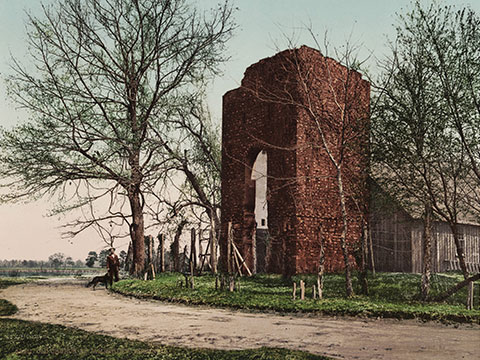
Length: 1:03:26
The Mystery of the Lost Jamestown Fort (1607-1624)
The Jamestown Fort, built in 1607, was the beginning of the first permanent British settlement in what is now the United States. Abandoned after its inhabitants relocated around 1624, the fort was believed to be lost forever until its rediscovery in ...

Length: 1:07:42
Great Riddles in Archaeology, Atlantis: The Lost Continent?
Dr. Brian Rose April 4, 2012 When the Greek philosopher Plato first described an advanced civilization that sank beneath the ocean thousands of years ago, most listeners did not take it seriously. But the story acquired new popularity in the 20th...

Length: 1:21:27
Great Riddles in Archaeology: The Ark of the Covenant: Lost, Found, or Forgotten?
Great Riddles Lecture: The Ark of the Covenant: Lost, Found, or Forgotten? March 7, 2012 Dr. Annette Y. Reed In biblical accounts of the wanderings of the Israelites after the Exodus and their settlement in the Promised Land, the Ark of the Cove...

Length: 1:04:59
Great Riddles in Archaeology Lecture Series: Ötzi the Iceman
Dr. Thomas Tartaron February 1, 2012 In 1991, two German tourists discovered a frozen body emerging from the melting ice of a glacier in the Alps along the Italian-Austrian border. Although it was initially believed to be a modern corpse, it quic...
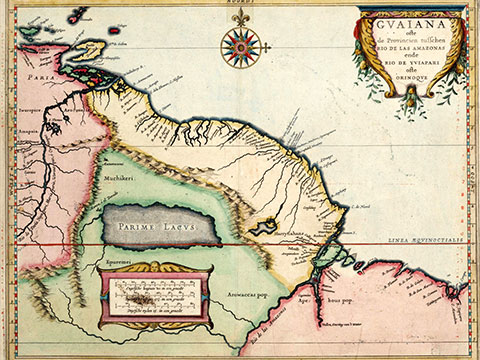
Length: 1:03:20
Great Riddles in Archaeology: El Dorado in the Americas
Dr. Clark Erickson January 4, 2012 Great Riddles in Archaeology Lecture Series El Dorado in the Americas: A Wild Dream or Actual Fact? Conquistadors, explorers, treasure hunters, and many others have long sought the famed El Dorado or Golden ...
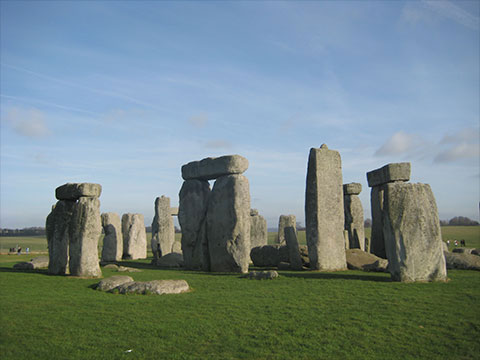
Length: 1:27:31
Great Riddles in Archaeology: Merlin's Magic Circles
December 7, 2011 Timothy Darvill Stonehenge in central southern England is known the world over as an iconic symbol of Europe's prehistoric past. In this lecture Professor Timothy Darvill of Bournemouth University, UK, will show that while Stoneh...
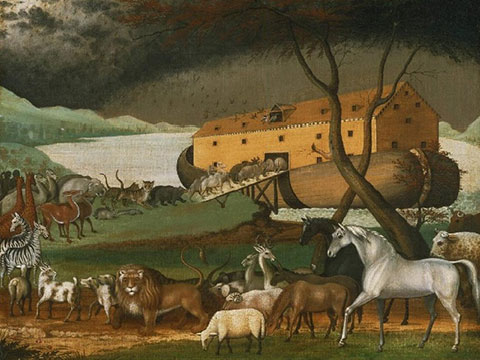
Length: 57:25
Great Riddles in Archaeology: Noah's Ark
Great Riddles in Archaeology Lecture Series at the Penn Museum Noah's Ark One of the bestknown Bible stories is that of Noah's ark and the world-engulfing flood. Dr. Fredrik Hiebert, National Geographic Explorer, was part of a team that discovered e...
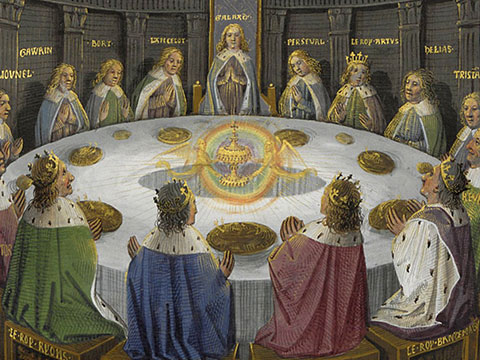
Length: 1:16:53
Great Riddles in Archaeology: King Arthur, Camelot, and the Quest for a Holy Grail
For centuries, the legend of King Arthur, Camelot and the quest for the Holy Grail has captivated the world. Was there really a Holy Grail, and how did it find its way to Britain and the Arthurian legend? Were Arthur and the Knights of the Round Tabl...

